Vegetables that start with the letter “G” encompass a diverse group that varies in availability from common to rare, making some easy to find in local markets while others may be more exotic and harder to come by.
These vegetables fall into different types, such as root vegetables, leafy greens, and legumes, each offering unique nutritional benefits and flavors.
The taste of these G-named food items can range from the pungent and spicy notes of garlic and ginger to the sweet and mild flavors of garden peas.
The prevalence of these vegetables varies globally, with some being staples in certain countries or regions. For example, garlic and ginger are widely used in Asian cuisine, while green beans and garden peas are common in European and North American dishes.
This guide not only covers the top vegetables beginning with G but also introduces you to some well-known fruits that start with the same letter.
Ready to explore? Let’s go!
22 Best Vegetables That Start with G with Filters
Following is a compilation of the 22 most common vegetables that start with G, listed by their level of popularity. With the filter, it’s easy to find vegetables that are exotic, can be eaten as fruits, work well in dishes, drinks, or just to make your plate look pretty.
Garlic
- For Dishes
Garlic is a widely used vegetable known for its pungent aroma and strong flavor, which comes from its bulb composed of multiple cloves. Garlic is a staple in many cuisines around the world, including Italian, Asian, and Middle Eastern dishes.
It’s used in various forms, such as raw, cooked, roasted, or as a powder, to enhance the flavor of meats, vegetables, and sauces. Garlic not only adds depth to dishes but also has a smooth texture when cooked, becoming soft and spreadable.
It’s available in several varieties, with some being milder and others more intense in flavor.
Ginger
- For Beverages
- For Dishes
Ginger is a root vegetable known for its fiery taste and aromatic scent, making it a popular ingredient in many culinary traditions, particularly in Asian, Indian, and Caribbean cuisines.
Ginger can be used fresh, dried, powdered, or as an oil or juice. It’s often added to sweet and savory dishes, from stir-fries and soups to desserts and beverages like ginger tea.
The texture of fresh ginger is firm and fibrous, requiring it to be minced or grated when used in cooking. Ginger is not only prized for its culinary uses but also for its potential health benefits, including anti-inflammatory properties and its ability to alleviate nausea.
Green Beans
- For Dishes
- Fruit Vegetables
Green beans are tender, elongated pods of the bean plant, harvested before the beans inside have fully matured. They are a common ingredient in various cuisines around the world, known for their crisp texture and mild, slightly sweet flavor.
Green beans are versatile in cooking, often steamed, boiled, stir-fried, or baked in dishes. They can be found fresh, canned, or frozen, making them accessible year-round.
Green beans are also a staple in holiday dishes, such as the classic green bean casserole popular in the United States.
There are numerous varieties, including the slender French beans or haricots verts, which are particularly prized for their delicate flavor and tender texture.
Green Peppers
- For Dishes
- Fruit Vegetables
Green peppers, also known as bell peppers, are the unripe stage of Capsicum annuum. Their crisp texture and mildly sweet flavor make them a popular vegetable in a wide range of culinary traditions.
Green peppers are often eaten raw in salads, sautéed in stir-fries, or stuffed with various fillings and baked. Unlike their ripe counterparts, which can be red, yellow, or orange, green peppers have a slightly bitter undertone.
Bell peppers come in various shapes and sizes, but the most common variety is the large, blocky type with a hollow interior that contains seeds and white, spongy ribs.
Green Onions
- For Dishes
- For Garnish
Green onions are a type of young onion also known as scallions or spring onions. They have a milder taste compared to most onions and are used both raw and cooked to add flavor to a variety of dishes.
Green onions have long, slender green stems that transition into a small, not fully developed white bulb. They are a common ingredient in salads, soups, and Asian cuisine, often used as a garnish due to their crisp texture and mild flavor.
Green onions can be found in various cuisines around the world, including Mexican, where they are grilled as a side dish, and in Japanese cooking, where they are used to add a fresh, zesty finish to dishes like miso soup and teriyaki.
Garbanzo Beans
- For Dishes
Garbanzo beans, also known as chickpeas, are a type of legume that is high in protein and a staple in many diets around the globe. They have a round shape and a firm texture, with a nutty flavor that makes them versatile in both savory and sweet dishes.
Garbanzo beans are a key ingredient in Mediterranean and Middle Eastern cuisines, famously used in dishes like hummus and falafel. In Indian cuisine, they are used in a variety of dishes, including chana masala.
Garbanzo beans can be found in two main varieties: the larger, lighter-colored Kabuli type, common in Mediterranean dishes, and the smaller, darker Desi type, often used in Indian cuisine.
Gai Lan
- For Dishes
Gai lan is a leafy green vegetable often referred to as Chinese broccoli or Chinese kale. It features thick, glossy leaves with a vibrant blue-green hue, supported by sturdy stems, and it bears small florets that resemble those of broccoli but are much smaller.
Gai lan is known for its slightly bitter and robust flavor, which is somewhat stronger than that of broccoli.
This vegetable thrives in cooler seasons and is a staple in Chinese cuisine, where it is commonly stir-fried with garlic and ginger or served steamed with a drizzle of oyster sauce. Gai lan is also popular in Vietnamese, Burmese, and Thai cooking.
Ginseng
- Exotic
- For Beverages
Ginseng refers to the root of plants within the Panax genus, such as South China ginseng (P. notoginseng), Korean ginseng (P. ginseng), and American ginseng (P. quinquefolius).
Ginseng can be found in various forms, including fresh, dried, and as an extract, and is used in teas, supplements, and traditional dishes.
Ginseng is featured prominently in various Asian cuisines such renshen jitang (Chinese chicken ginseng soup), samgye-tang (Korean ginseng soup), etc.
Garlic Chives
- For Dishes
- For Garnish
Garlic chives are a distinct variety of the Allium family, characterized by their flat, broad leaves and a pronounced garlic flavor, as opposed to the more common onion-like taste of traditional chives.
These chives are widely used in Asian cuisine, particularly in Chinese, Korean, and Japanese dishes. They are often added to dumplings, stir-fries, and egg dishes, providing a mild garlic taste.
The leaves, stems, and unopened flower buds are all edible, and the plant is also valued for its attractive white flowers, which can be used as an edible garnish. Garlic chives are not only appreciated for their culinary uses but also for their ornamental value in gardens.
Green Amaranth
- For Dishes
Green amaranth is a leafy vegetable that is part of the Amaranthaceae family. It is an annual herb that is consumed in various parts of the world as a nutritious leafy green.
The leaves are typically used in cooking similar to spinach, boiled or added to dishes such as soups and stews. In Indian cuisine, particularly in the northeastern and southern regions, it is a common ingredient in dishes.
Green amaranth is also consumed in parts of Africa and the Caribbean, where it is known as callaloo. The plant is recognized for its slender stems and bright green leaves, and it can also produce edible seeds that are used in some cultures as a grain alternative.
Guar Beans
- For Dishes
Guar beans, also known as cluster beans, are a type of legume primarily grown in India. They are recognized for their slim, flat pods and are a staple in Indian cuisine, particularly in the state of Rajasthan.
Guar beans have a slightly bitter taste and a crunchy texture when cooked. They are often used in vegetable curries and as a side dish.
The beans are not only valued for their culinary uses but also for the production of guar gum, a thickening agent derived from the seeds. Guar gum is widely used in the food industry, as well as in hydraulic fracturing in the oil industry.
Grape Leaves
- For Dishes
- For Garnish
Grape leaves are the foliage of the grapevine plant and are utilized in a variety of culinary traditions, especially in Mediterranean, Middle Eastern, and Balkan cuisines.
The leaves are known for their slightly tangy flavor and are commonly used to wrap a variety of fillings, creating dishes such as dolmas or sarma.
These stuffed grape leaves can be filled with a mixture of rice, meat, herbs, and spices, and are often served as appetizers or part of a main course. Grape leaves can be found fresh, canned, or jarred, and are also used in soups and other dishes for added flavor.
Galangal
- Exotic
- For Dishes
Galangal is a rhizomatous spice that belongs to the ginger family, known for its sharp, peppery, and slightly citrusy flavor profile. It is a key ingredient in many Southeast Asian cuisines, particularly in Thai, Indonesian, and Malaysian dishes.
Galangal is used in various forms, including fresh, dried, and powdered, and is a staple in soups like tom yum and tom kha gai, as well as in curries and pastes. Unlike ginger, galangal has a more intense flavor and cannot be easily substituted in recipes that call for it.
There are different types of galangal, such as lesser galangal (Alpinia officinarum) and greater galangal (Alpinia galanga), each with its unique taste and culinary uses.
Garden Rocket
- For Dishes
- For Garnish
Garden Rocket, also known as arugula or Eruca vesicaria, is a leafy green vegetable with a peppery, slightly bitter taste. It is commonly used in salads, as a garnish, or added to dishes for a flavor boost.
Garden rocket is a popular ingredient in Mediterranean cuisine and is often paired with ingredients like parmesan cheese, pine nuts, and olive oil in simple salads. The leaves are tender and the plant can also produce edible flowers that add a decorative touch to dishes.
Gem Squash
- For Dishes
- Fruit Vegetables
Gem squash is a type of summer squash that is round and about the size of a tennis ball when fully ripe. It has a dark green exterior and is known for its sweet and somewhat delicate flavor when young.
Gem squash is particularly popular in South African cuisine, where it is often boiled or baked and served as a vegetable side dish.
The flesh inside is tender and can be scooped out easily after cooking, making it a versatile ingredient for stuffing with a variety of fillings, such as cheese, meats, or grains.
Gourds
- For Dishes
- Fruit Vegetables
Gourds refer to a diverse group of plants belonging to the Cucurbitaceae family, which includes pumpkins, squashes, and cucumbers. Gourds can be either edible or ornamental, with the latter often used for decorative purposes, crafts, or as containers after drying.
Edible gourds come in a wide range of shapes, sizes, and colors, and are used in cuisines around the world. They can be sweet or savory, depending on the variety, and are used in dishes ranging from soups and stews to stir-fries and baked goods.
Some of the famous varieties of edible gourds include butternut squash, acorn squash, and spaghetti squash, each with its unique taste and culinary uses.
Gongura
- For Dishes
Gongura is a leafy vegetable from the roselle plant (Hibiscus sabdariffa) known for its sour taste, primarily used in the cuisine of South India, especially in Andhra Pradesh.
It comes in two varieties: one with green stems and another with red stems, the latter being more sour.
Gongura is a staple in Andhra cuisine, where it is made into a popular chutney called gongura pachadi, often referred to as the ‘andhra matha’ or the mother of andhra due to its importance in the local diet.
Apart from chutney, it is used in various dishes like gongura pappu (lentils), gongura mamsam (meat), and gongura royyalu (shrimp), adding a tangy flavor that is much loved in the region.
Golden Samphire
- Exotic
- For Dishes
- For Garnish
Golden Samphire is a perennial coastal plant known scientifically as Limbarda crithmoides. It thrives on salt marshes and sea cliffs across western and southern Europe and the Mediterranean.
The plant features fleshy, green to yellow-green leaves and large yellow flower heads that bloom from June to October. Golden Samphire is edible, with young leaves that can be eaten raw or cooked, similar to a leaf vegetable.
Historically, it was even sold in London markets for use in pickles. Its salty and slightly bitter taste makes it a unique addition to salads and seafood dishes, contributing a crisp texture and a hint of the sea to culinary creations.
Good King Henry
- For Dishes
Good King Henry is a traditional vegetable that has been cultivated in cottage gardens for centuries, though it has become less common in modern times.
This plant, which can grow up to 40–80 cm tall, is valued for its edible leaves that resemble those of spinach, earning it nicknames like Lincolnshire spinach and perennial goosefoot.
The leaves are triangular to diamond-shaped, with a succulent texture, and can be harvested in spring and cooked similarly to asparagus or spinach.
Good King Henry is a versatile plant, also known for its small, green flowers and reddish-green seeds. It thrives in a variety of soil types and is often found in Europe.
Garden Cress
- For Dishes
- For Garnish
Garden cress is a fast-growing, edible herb that is closely related to mustard and watercress. It is characterized by its peppery, tangy flavor and small, white flowers. Garden cress is commonly used in salads, sandwiches, and soups to add a fresh, spicy taste.
It is rich in vitamins and minerals, making it a nutritious addition to meals. Garden cress can be easily grown in gardens or indoors on window sills, making it accessible for home cultivation.
It is a popular ingredient in various cuisines around the world, valued for both its culinary and medicinal properties.
Glasswort
- Exotic
- For Dishes
- For Garnish
Glasswort is a group of succulent, salt-tolerant plants that thrive in saline environments such as seacoasts and salt marshes.
These plants are known for their ability to thrive in high-salinity conditions, making them common in coastal and marshy areas. Glassworts have a crunchy texture and are often green, turning red or purple in the fall.
They are used in various cuisines, particularly in Turkish cuisine where they are made into a salad known as “glasswort salad” or “samphire salad,” dressed with lemon juice, olive oil, and garlic.
The young shoots of glasswort can be eaten raw or cooked, and they are sometimes pickled. Their salty and slightly tangy flavor makes them a unique addition to dishes, often served as a side or a garnish.
Gigante Bean
- For Dishes
Gigante Bean refers to a variety of large white beans known as “gigantes” in Greek cuisine. These beans are notable for their large size and creamy texture when cooked.
They are a staple in Greek cooking, particularly in a dish known as “gigantes plaki,” where the beans are baked in a rich tomato sauce with herbs and olive oil.
This dish can be served as a main course or a meze (appetizer), and is especially popular during the colder months.
The beans themselves are a type of runner bean, and while they are traditionally the “fasolia gigantes” variety, large lima beans can also be used as a substitute.
Gigante beans absorb flavors well, making them ideal for stews, salads, and other dishes where they can be combined with a variety of seasonings and ingredients.
What Are the Most Famous Fruits That Start with G?
Here are five popular fruits that begin with G:
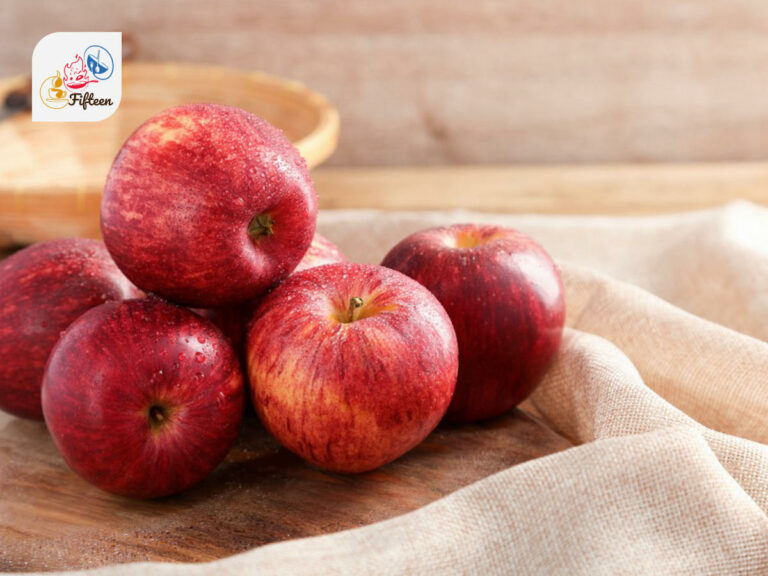
Gala Apple
Gala apples are a popular variety of apples known for their sweet flavor and crisp texture, often used in salads and as snacks.
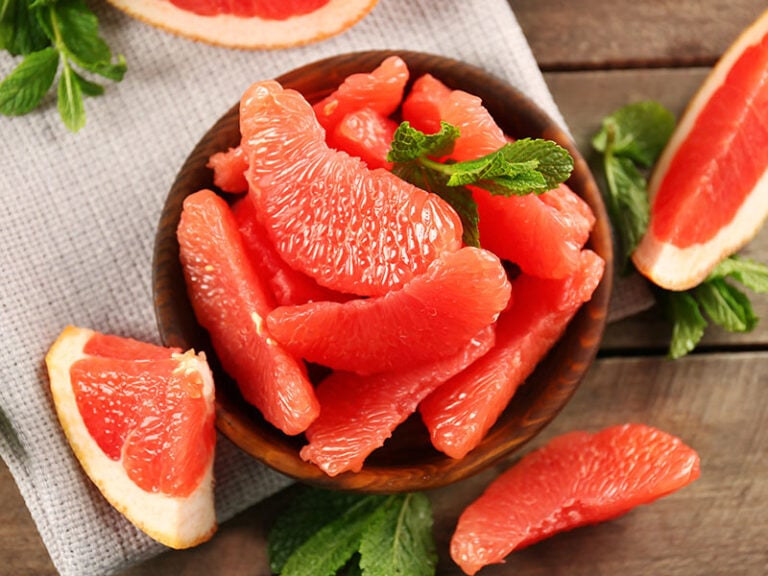
Grapefruit
Grapefruit is a large, sour to semi-sweet fruit, known for its slightly bitter taste and segmented interior, commonly consumed for breakfast.
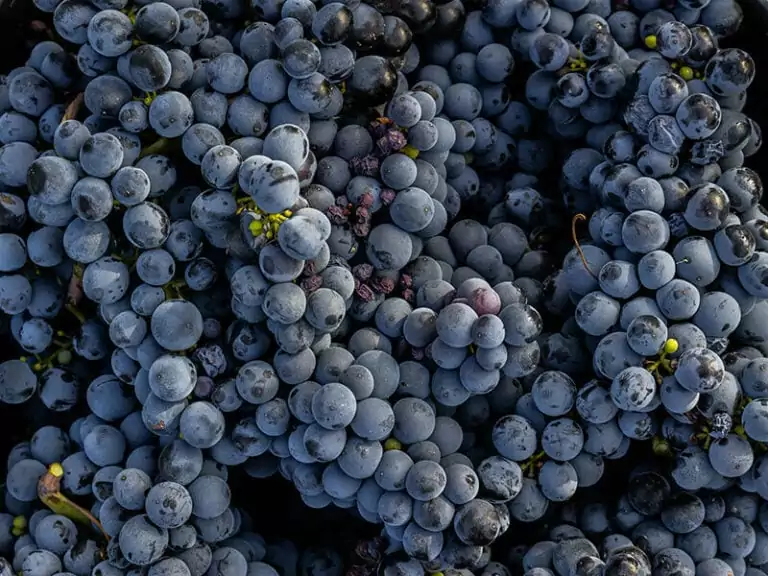
Grape
Grapes are small, round fruits, typically eaten raw and used in making wine, raisins, and jams, known for their sweetness and variety of colors.
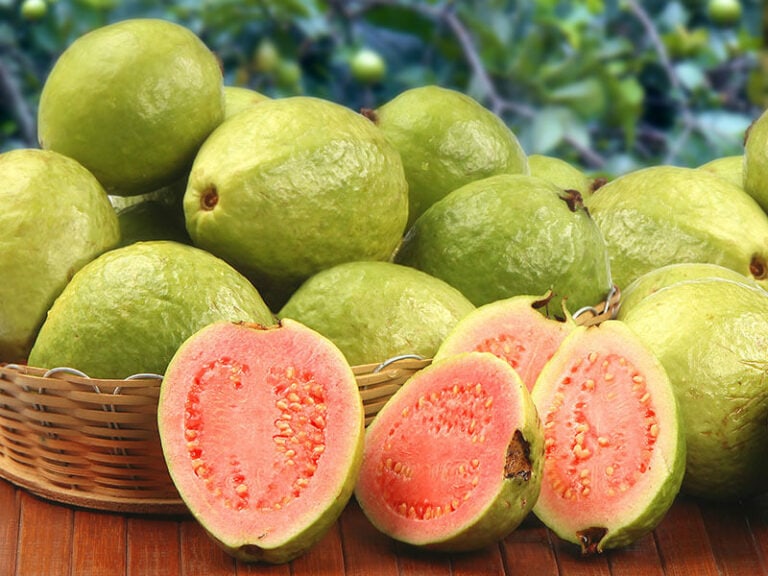
Guava
Guava is a tropical fruit with a unique flavor that combines elements of strawberry and pear, encased in a green rind and known for its high vitamin C content.
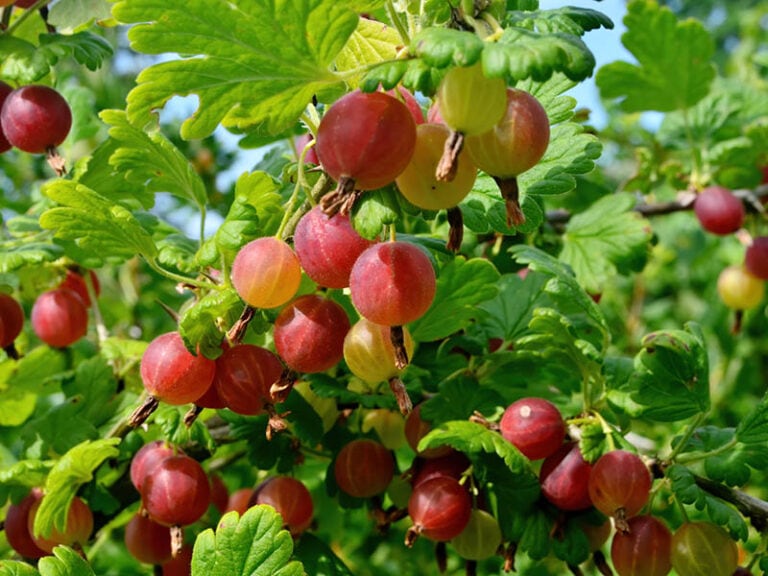
Gooseberry
Gooseberries are small, spherical fruits ranging in flavor from sour to sweet, often used in desserts and jams, and recognizable by their striped or smooth skin.
Remember, this list shows just a few options. There are many more G-starting fruits out there to discover.
Whether you’re an inexperienced home cook or a seasoned one, let these G-starting vegetables inspire your culinary endeavors. And don’t hesitate to share your creations in the comment section, which can help other cooking enthusiasts.
Lastly, if you find this article helpful, why not share it with your friends and family? By sharing the post, you can spread awareness of these wonderful veggies to more people.
Keep the exploration going by diving into the collection of articles on vegetables from A to Z—there’s a whole alphabet out there waiting for you to explore!


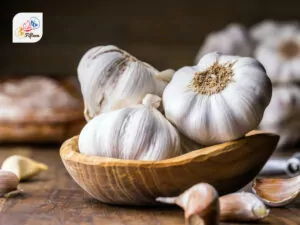
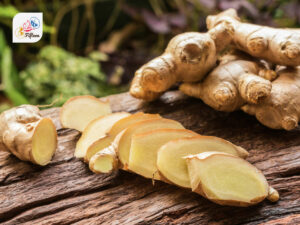
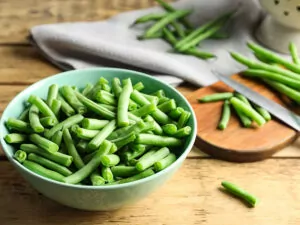
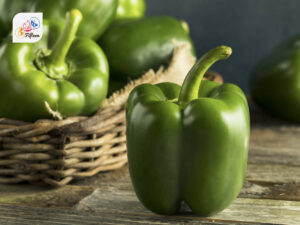
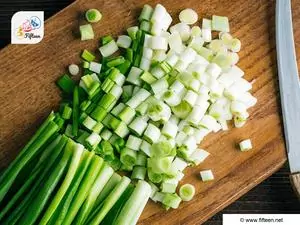
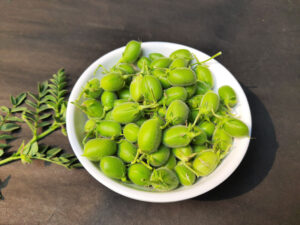
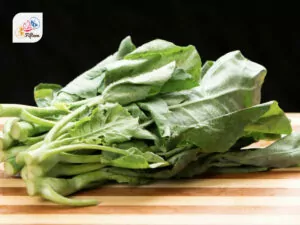
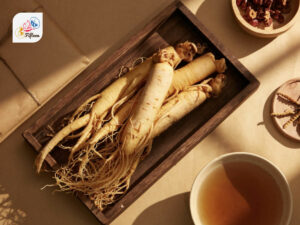
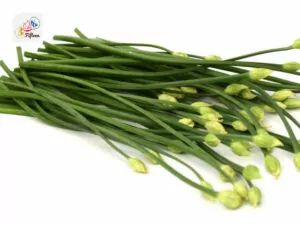
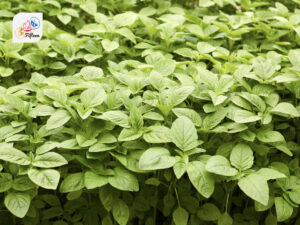
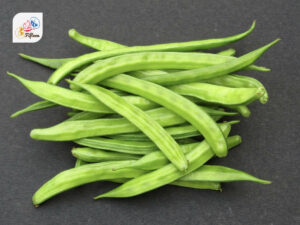
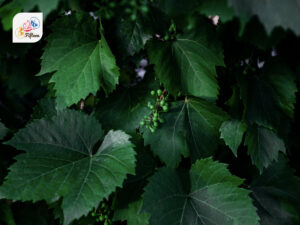
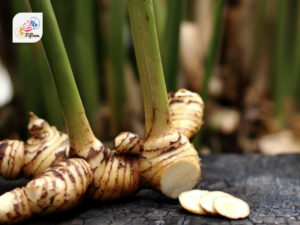
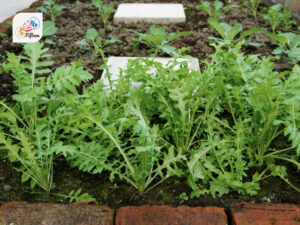
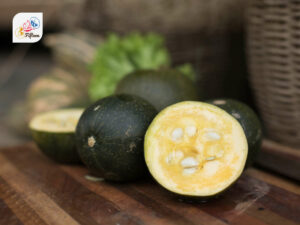
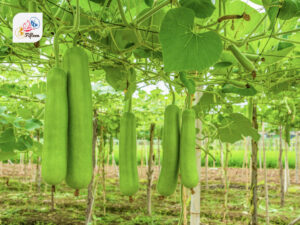
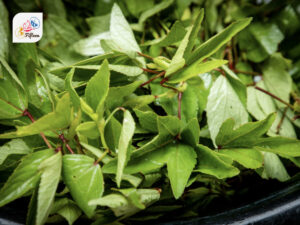
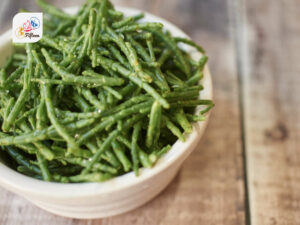
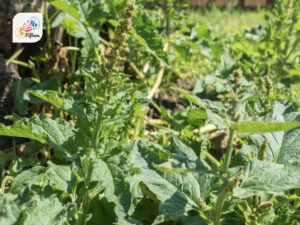
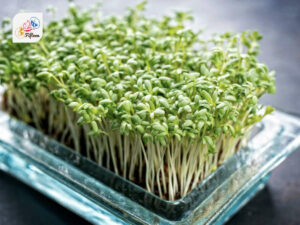
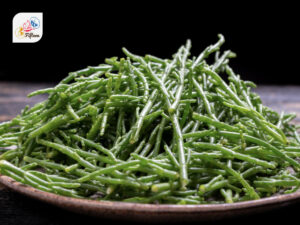
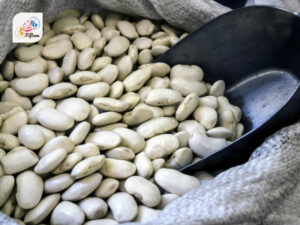
Jamie Scott
Editor in Chief, Senior Content Writer
Expertise
Home Cooking, Meal Planning, Recipe Development, Baking and Pastry, Food Editor, Cooking-video Maker, Western Food Evaluation Expert
Education
Le Cordon Bleu College of Culinary Arts
Local Community College, New York, NY
Jamie Scott is a skilled culinary expert and content creator specializing in Western cuisine. With over 15 years in the culinary field and formal training from Le Cordon Bleu, Paris, Jamie deeply understands how to blend nutrition with delicious flavors. His passion for cooking matches his commitment to making healthy eating accessible and enjoyable.
On Fifteen.net, Jamie brings a fresh perspective to classic dishes and beverages, offering readers insightful recipes, cooking tips, and a fresh view on meal planning that emphasizes taste, health, and simplicity.